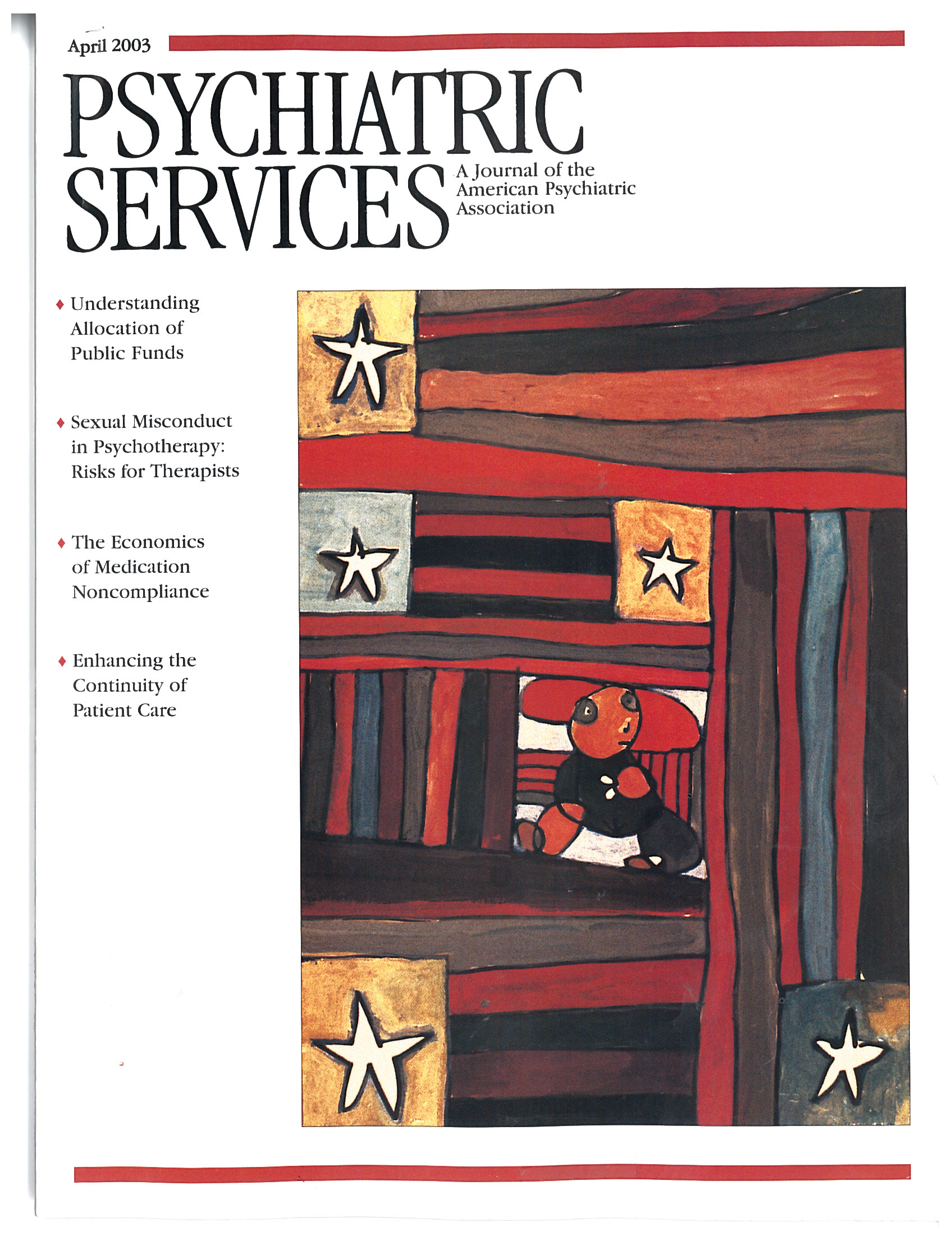Managerial and Environmental Factors in the Continuity of Mental Health Care Across Institutions
Abstract
OBJECTIVE: The authors examined the association of continuity of care with factors assumed to be under the control of health care administrators and environmental factors not under managerial control. METHODS: The authors used a facility-level administrative data set for 139 Department of Veterans Affairs medical centers over a six-year period and supplemental data on environmental factors to conduct two types of analysis. First, simple correlations were used to examine bivariate associations between eight continuity-of-care measures and nine measures of the institutional environment and the social context. Second, to control for potential autocorrelation, multivariate hierarchical linear models with all nine independent measures were created. RESULTS: The strongest predictors of continuity of care were per capita outpatient expenditure and the degree of emphasis on outpatient care as measured by the percentage of all mental health expenditures devoted to outpatient care. The former was significantly associated with greater continuity of care on six of eight measures and the latter on seven of eight measures. The environmental factor of social capital (the degree of civic involvement and trust at the state level) was associated with greater continuity of care on five measures. The degree to which non-VA mental health services were funded in a state was unexpectedly found to be positively associated with greater continuity of care. In multivariate analysis using hierarchical linear modeling, significant relationships with continuity of care remained for per capita outpatient expenditures, overall outpatient emphasis, and social capital, but not for non-VA mental health funding. A linear term representing the year was positively and significantly associated with six of the eight examined continuity-of-care measures, indicating improvement in continuity of care for the period under study, although the explanation for this trend over time is unclear. CONCLUSIONS: Several factors potentially under managerial control are associated with increased mental health continuity of care.



